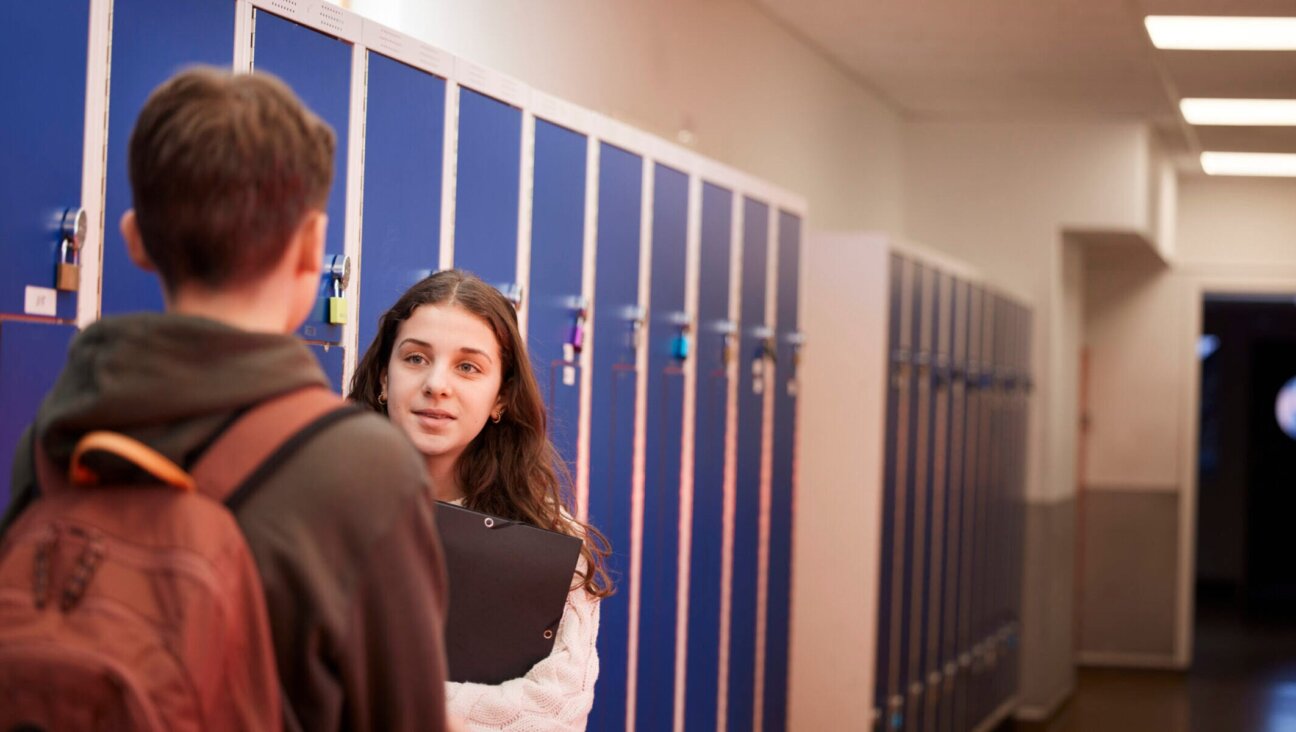Why Are Jewish Studies Syllabi So White And Male?

Graphic by Angelie Zaslavsky
What is on your syllabus this year?
When I first inherited the syllabus for a survey in modern Jewish literature, the assigned readings suggested that everyone used to live in a little shtetl in Eastern Europe and speak Yiddish. Those who weren’t killed in the Holocaust had moved to New York where they lived secular lives, bathed in nostalgia and suffered a hint of anti-Semitism. And all the writers were men: men who struggled with masculinity, with their mothers and with the women they didn’t like, didn’t want or couldn’t get.
I set about reimagining such a course that allowed me to use my fifteen week semester to show my students that Jews lived and continue to live all over the world. That they are not only of Eastern European descent, or secular, and most importantly, that they aren’t just male. It was a surprisingly easy task to accomplish. By transforming the course into one focused on short stories, I could cover more material. The large number of anthologies and collections that feature women’s voices and Jews from different regions, different ethnicities and even different areas within the United States create an interesting polyphony to the course. The thematic links that defined the literature as Jewish and transnational were evident in discussions of rites of passage such as bar mitzvahs and weddings, or Sabbaths and Jewish holidays, while the differences in cultures and celebrations emphasized the ways in which Jews have been impacted by the places in which they have lived.
Both Jewish and non-Jewish students have commented on the ways geographical and ethnic diversity has opened their eyes to the range of Jewish experience. But my favorite feedback has always been from students who recognize the themes of intergenerational transition between languages and cultures, and identify the significance of family structures and tradition, and the breakdown of these bonds as they encounter modernity and America. For those students, these texts resonate with their own lives, often as first or second generation immigrants, and they see in the Jewish narratives their own stories of assimilation, multiculturalism and transition.
It has been a decade since I created this course, and I was reminded of it when an undergraduate reached out in a social media group that isn’t academic, to complain about the syllabus for a Jewish literature survey course offered at the student’s institution on which there was only one female author listed, along with texts by nine Ashkenazi men. Despite decades of advocacy on recovering lost voices, publishing compendia and anthologies of women’s writing, minority writing and LGBTQ writing, male professors are still putting together courses that suggest only white men ever held pens. That only their experiences counts. That only their experiences define entire categories of identity and nationality.
I advised the student to write to the professor or speak to him during office hours and ask, “where are the women?” But the student was reluctant to speak out. If the professor’s decision to exclude voices other than his own from the syllabus is not just an oversight, or a lack of knowledge of the field, but a gesture of the ever present misogyny that continues to affect academia, then the student may be rightly concerned that speaking out might have repercussions.
Though I’m in the field, I don’t know this professor personally and we don’t have friends in common. Moreover, discussions of academic freedom and syllabi in the United States often devolve around whether content should be mandated or at the discretion of the professor, so writing and telling him his syllabus needs an overhaul might be what I think, but is no less problematic than reaching out to his institution and having them tell him what to think.
As the academic year is beginning, we need to turn inwards and examine our own syllabi. Whose voices have we included, what questions are we asking, and whose experiences are we framing as central to the narrative we are creating. Most importantly, we need to ask how we can best serve our students, and help them see how literature resonates in the present.

















